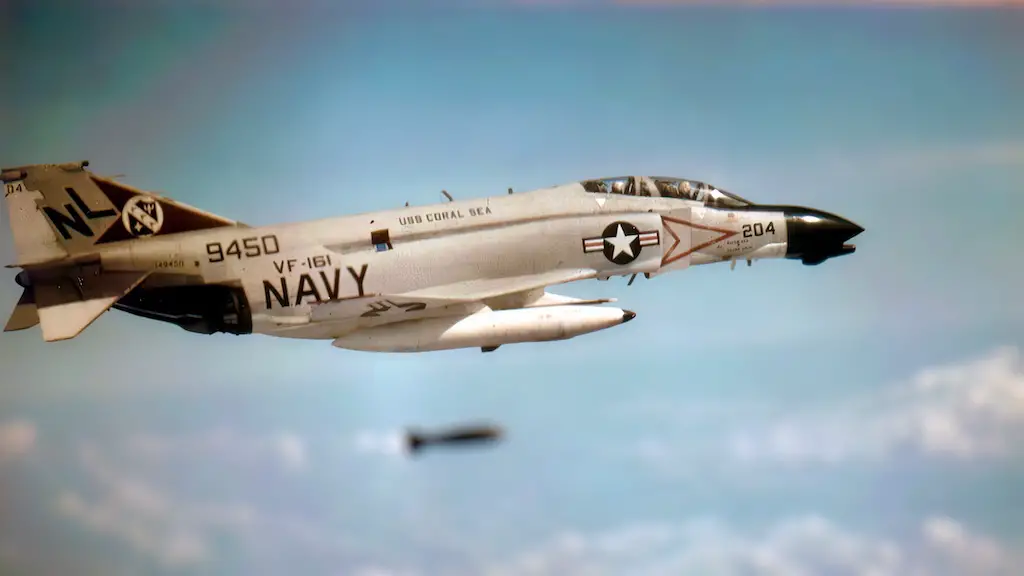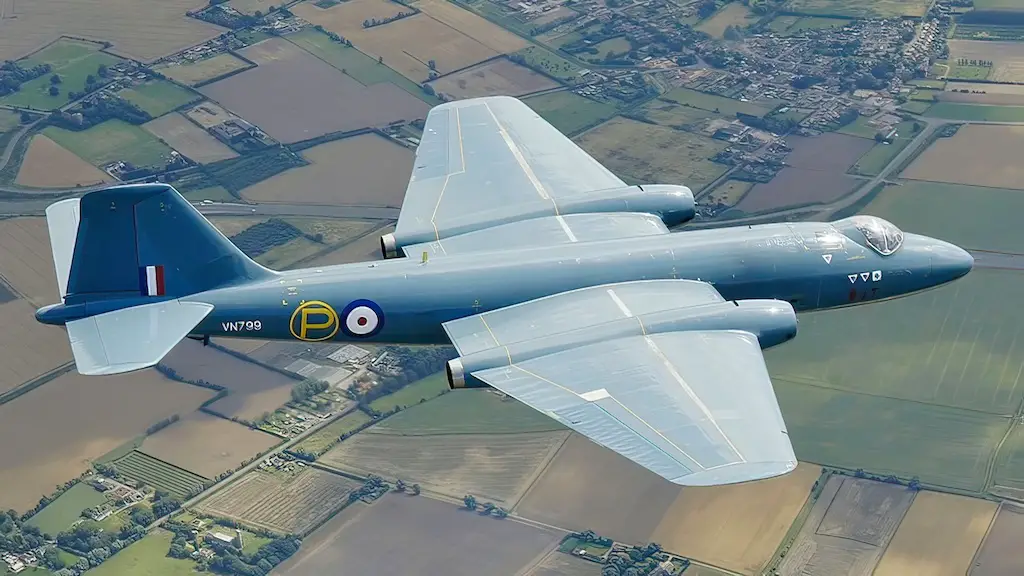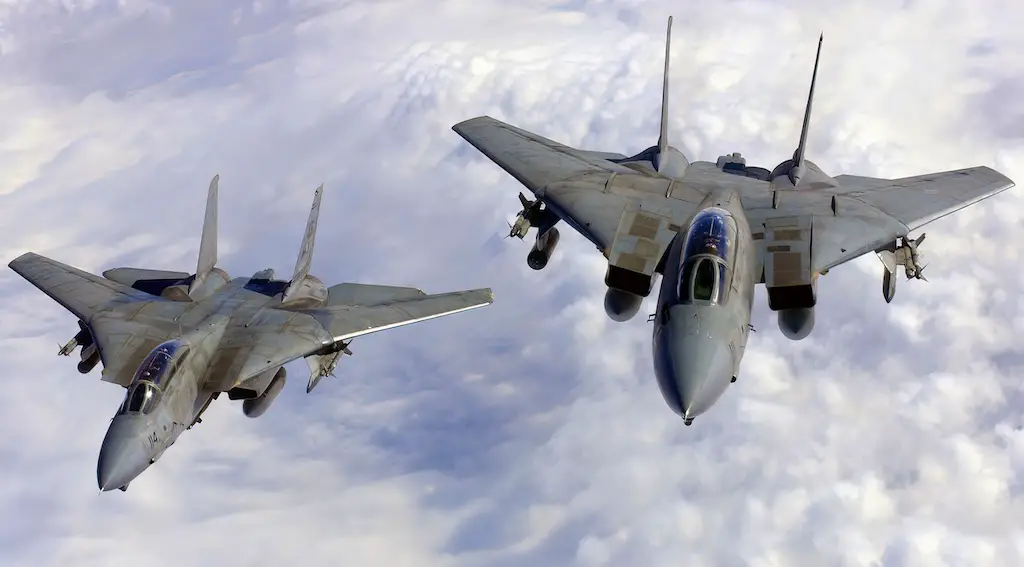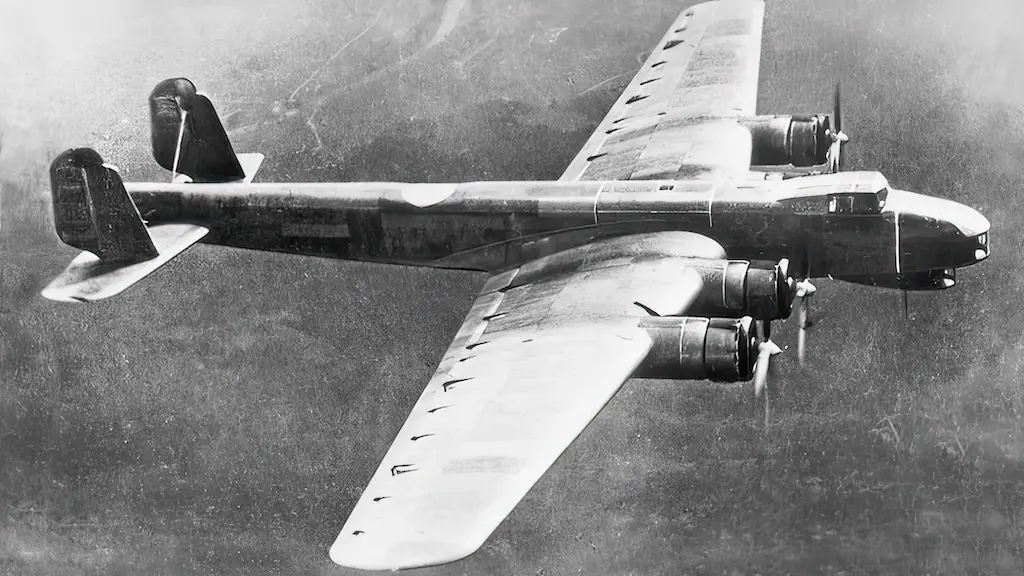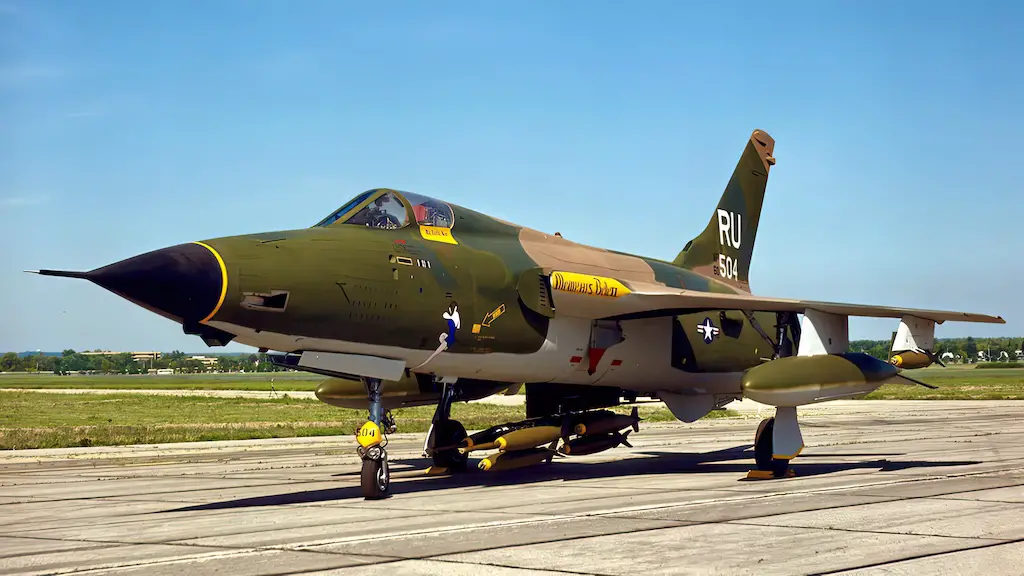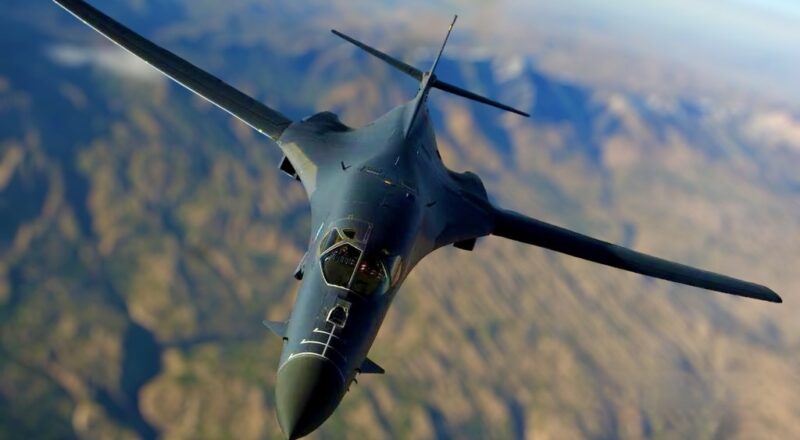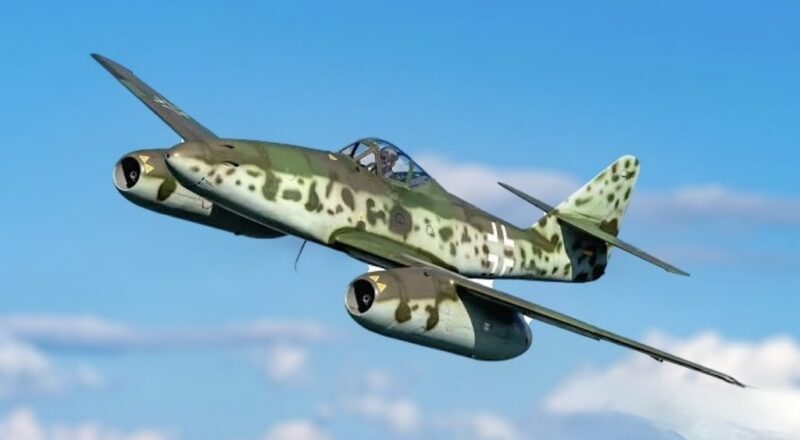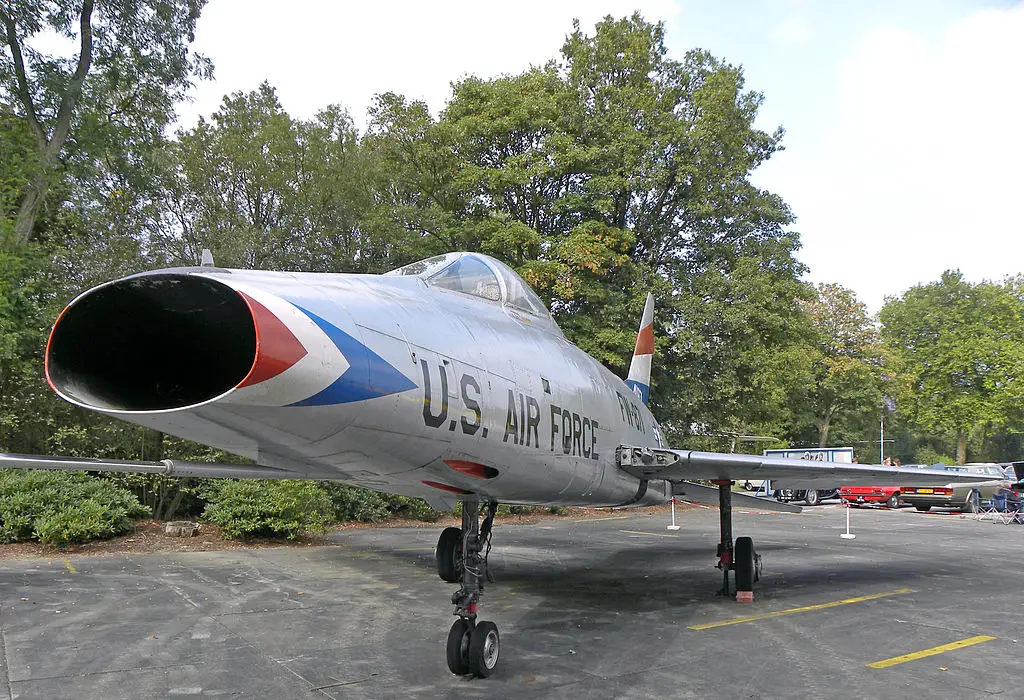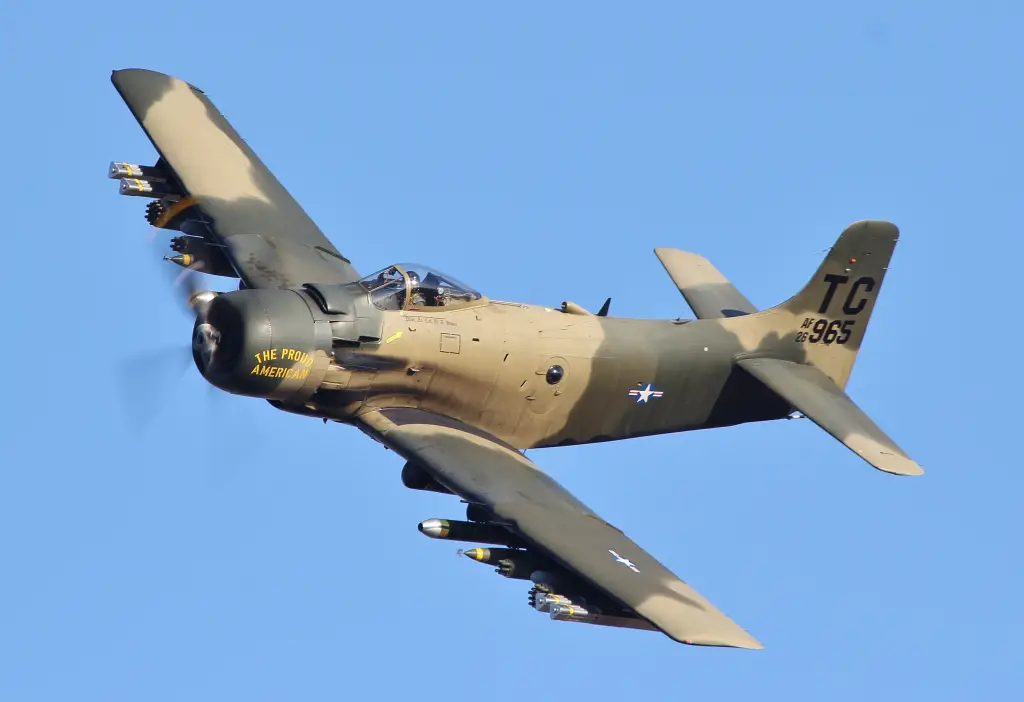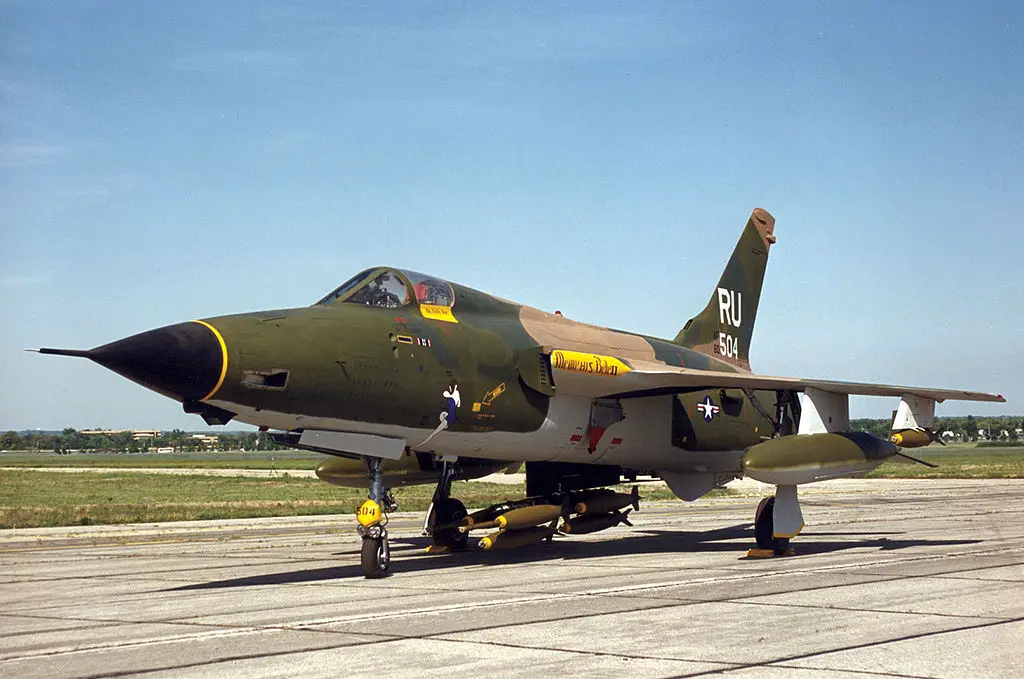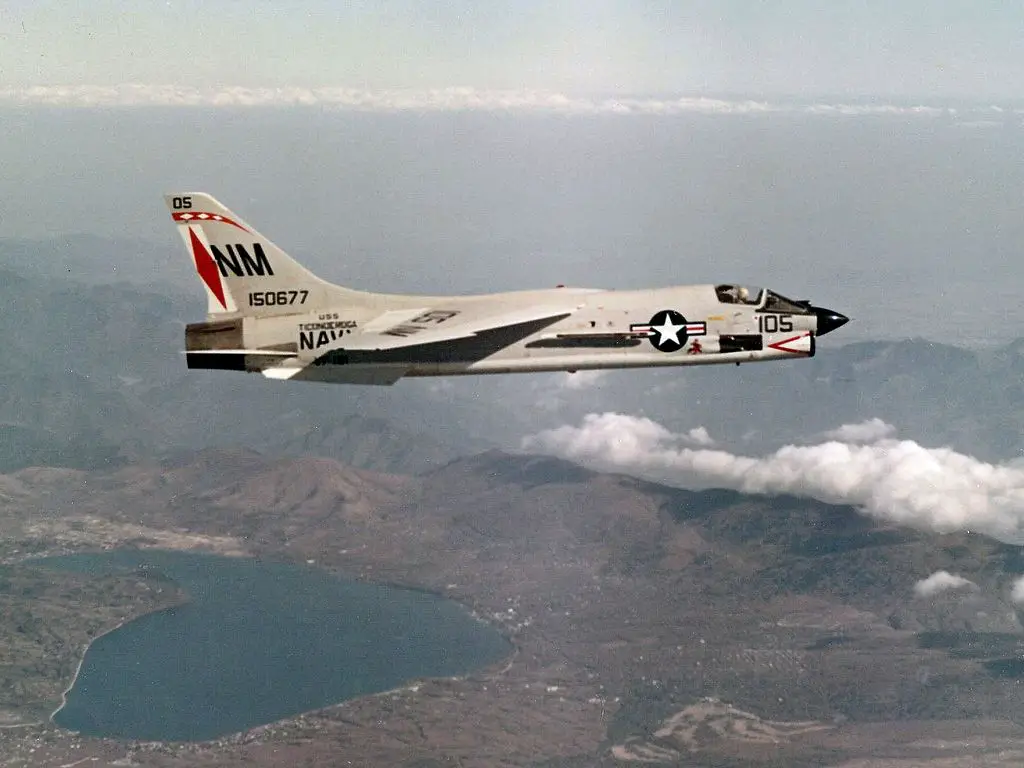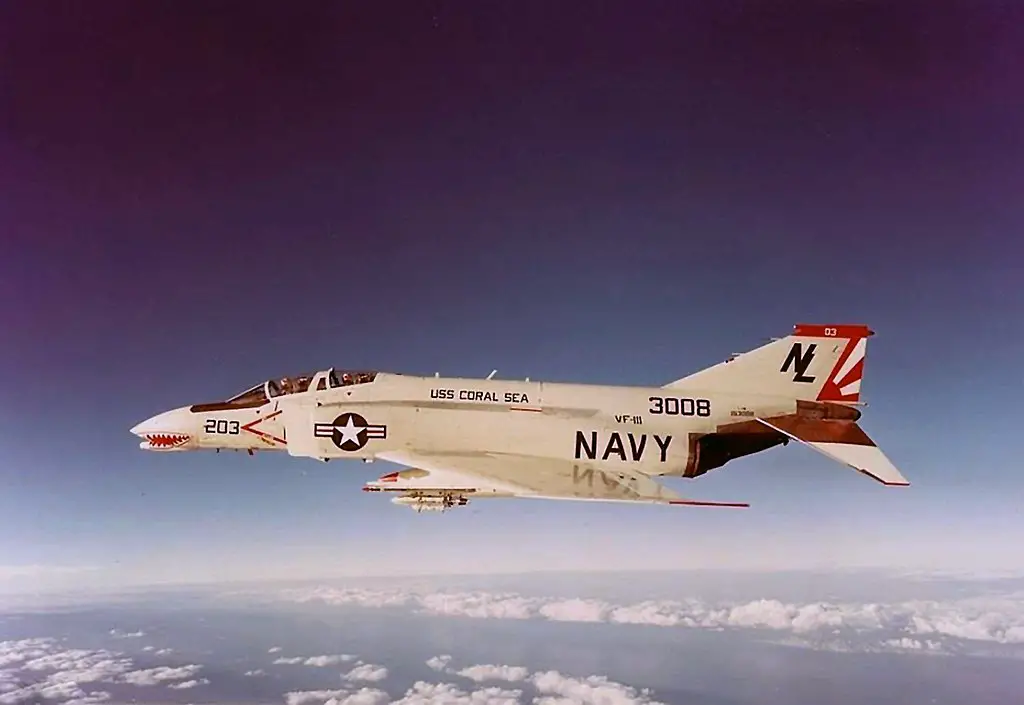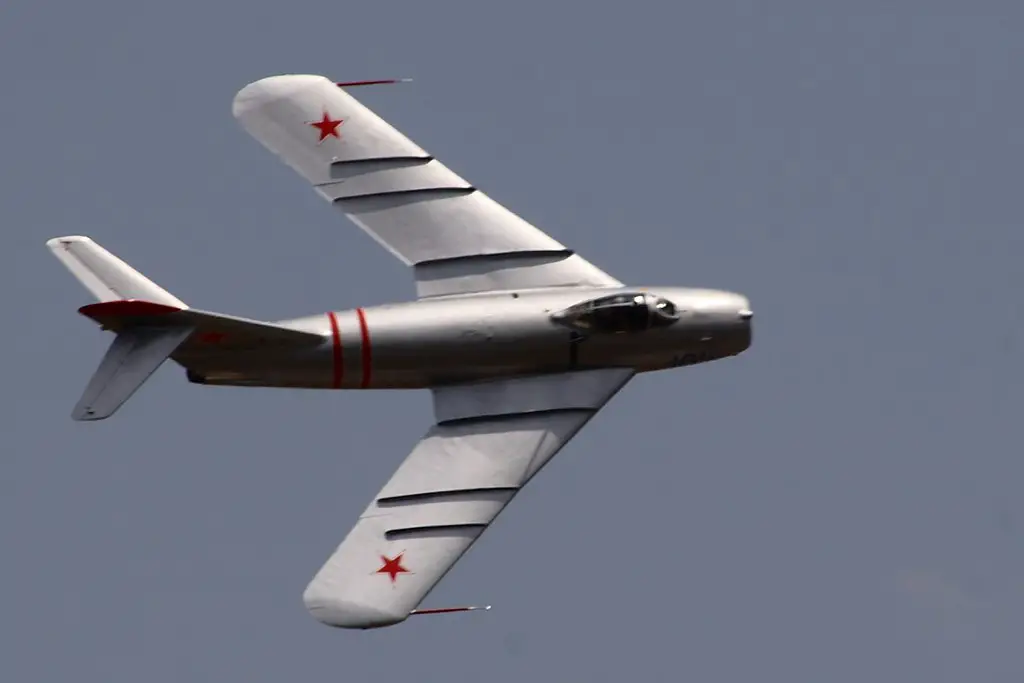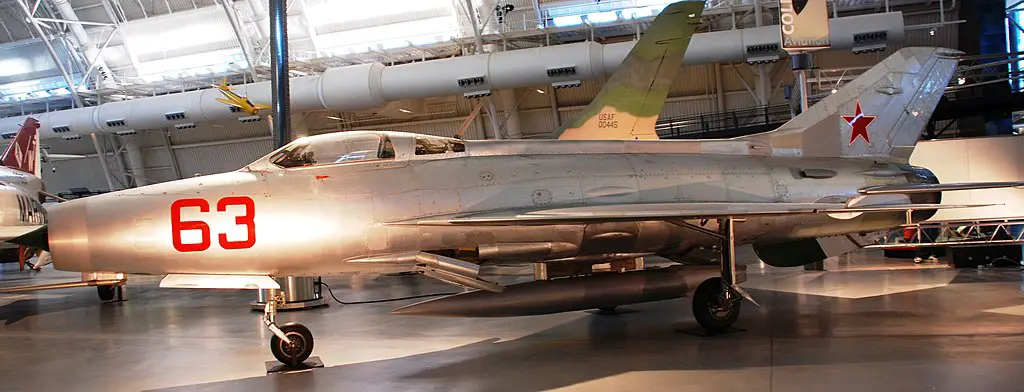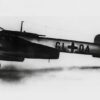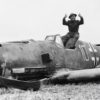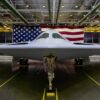When thinking of the Vietnam War enthusiasts and academics often have the image of helicopters and heavy bombers imprinted in their minds. Equally important, however, were interceptor fighters, multi-role fighters, and fighter-bombers who all played vital roles in the war.
Fighter-Bombers
The first U.S. supersonic fighters that flew the most missions in the war, F-100 Super Sabres were tasked with ground attack missions on North Vietnam with increasing frequency. However, they were easy targets for both enemy MiG aircraft and surface-to-air missiles, because the Super Sabres more often than not flew without an escorting air flight given their role as strategic bombers. As a result, F-100 losses were substantial.
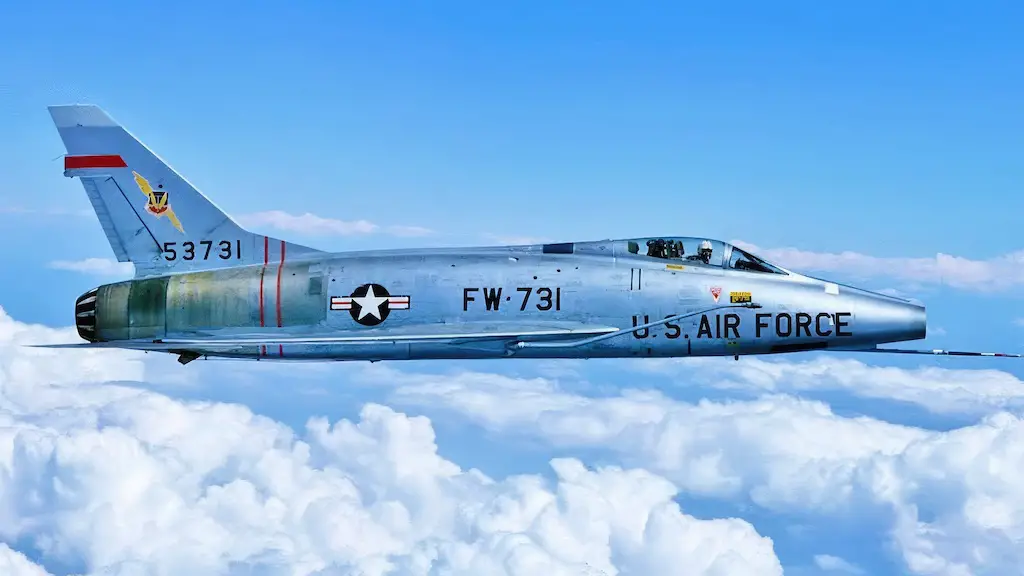
Douglas A-1 Skyraiders delivered slow, accurate, close air support that no jet could provide. Interestingly, their countering tactic was to attempt and flank North Vietnamese MiG-17s and MiG-21s by out-turning them while flying low near the ground instead of retreating. The Skyraiders often landed a few shots in the back and fend them off, since jet planes have a much wider turn ratio. There are at least two registered events of a Skyraider destroying a MiG-17.
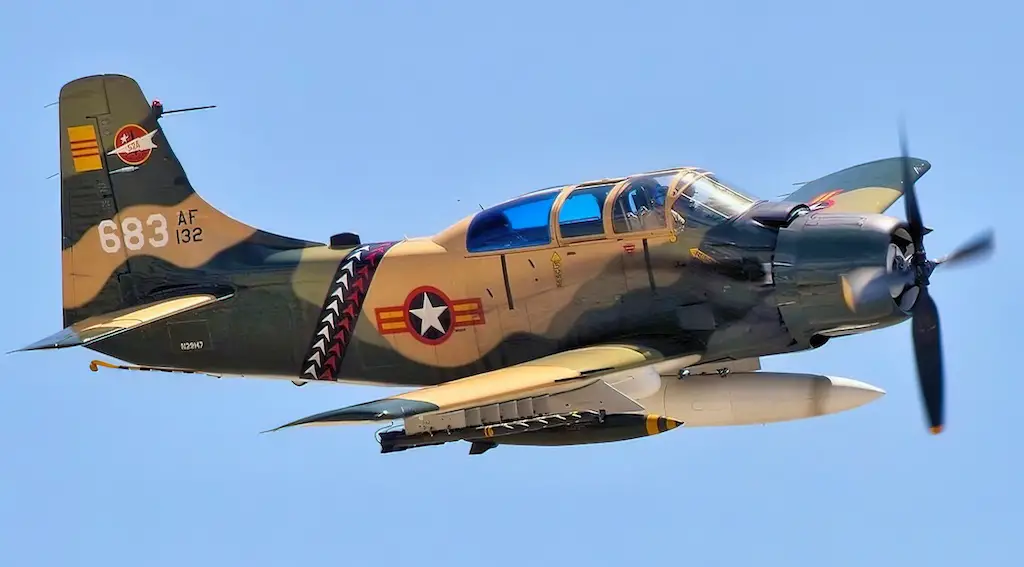
Yet, the Republic F-105 Thunderchief was greatly superior to the Super Sabre and Skyraider. It could carry a heavier bomb load and had a higher range and speed. In addition, it was designed to excel at low altitudes and handle extreme structural loads. The F-105 was capable of holding its own against MiGs when carrying a light payload.
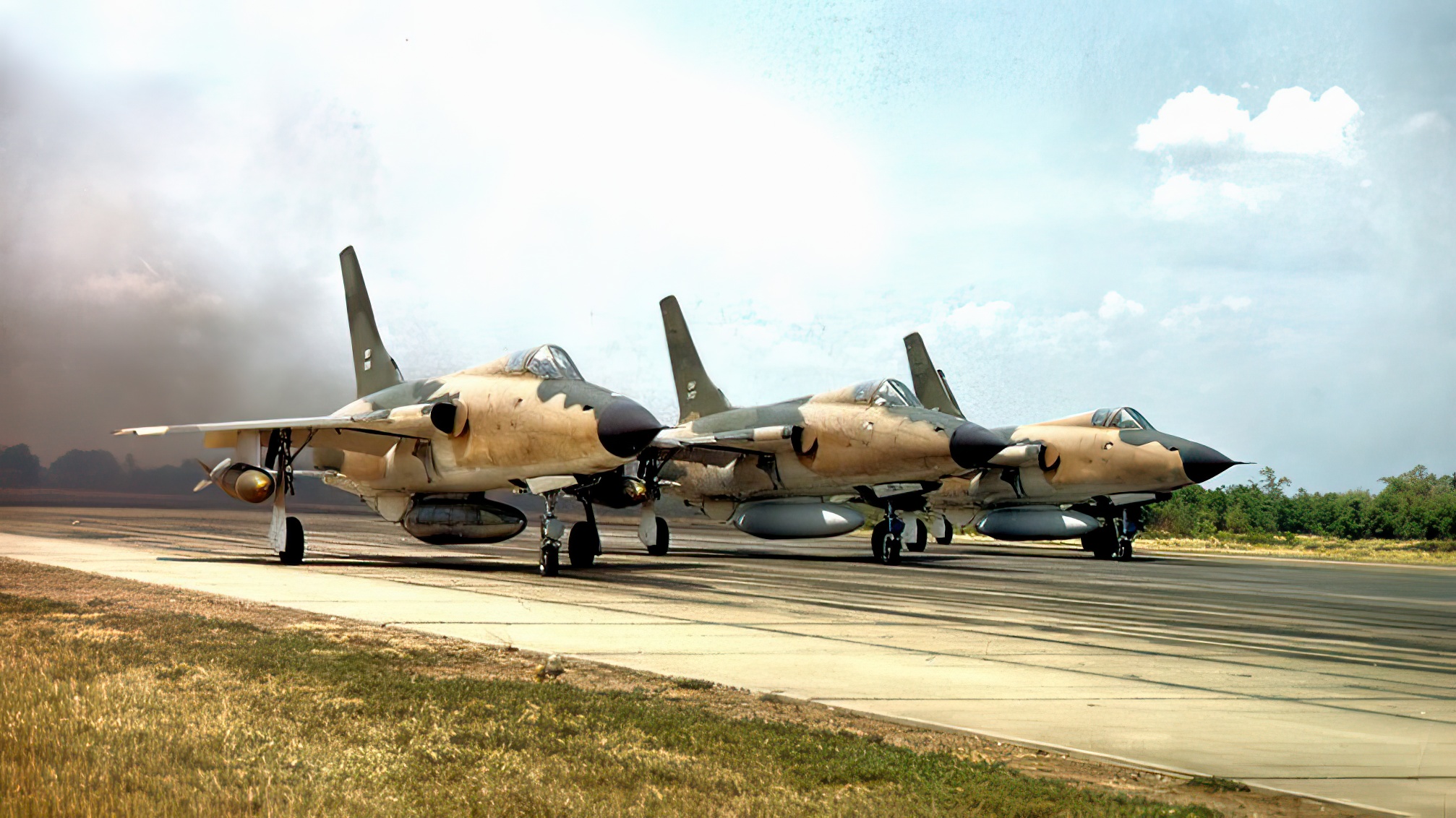
Carrier-based Fighter
The Vought F-8 Crusader was a carrier-based fighter with variable incidence wings and good manoeuvrability that ensured that it could hold its own in a dogfight. It was nicknamed “The last gunfighter” thanks to its four 20mm Colt Mk. 12 cannons.
It performed better than every other contemporary interceptor of the US Navy, and it was almost as good as the Russian-made MiG-21 the North Vietnamese were flying. Yet, the Crusader wasn’t quite superior, because it was bulkier and had a longer turn radius than the MiG-21 at higher altitudes.
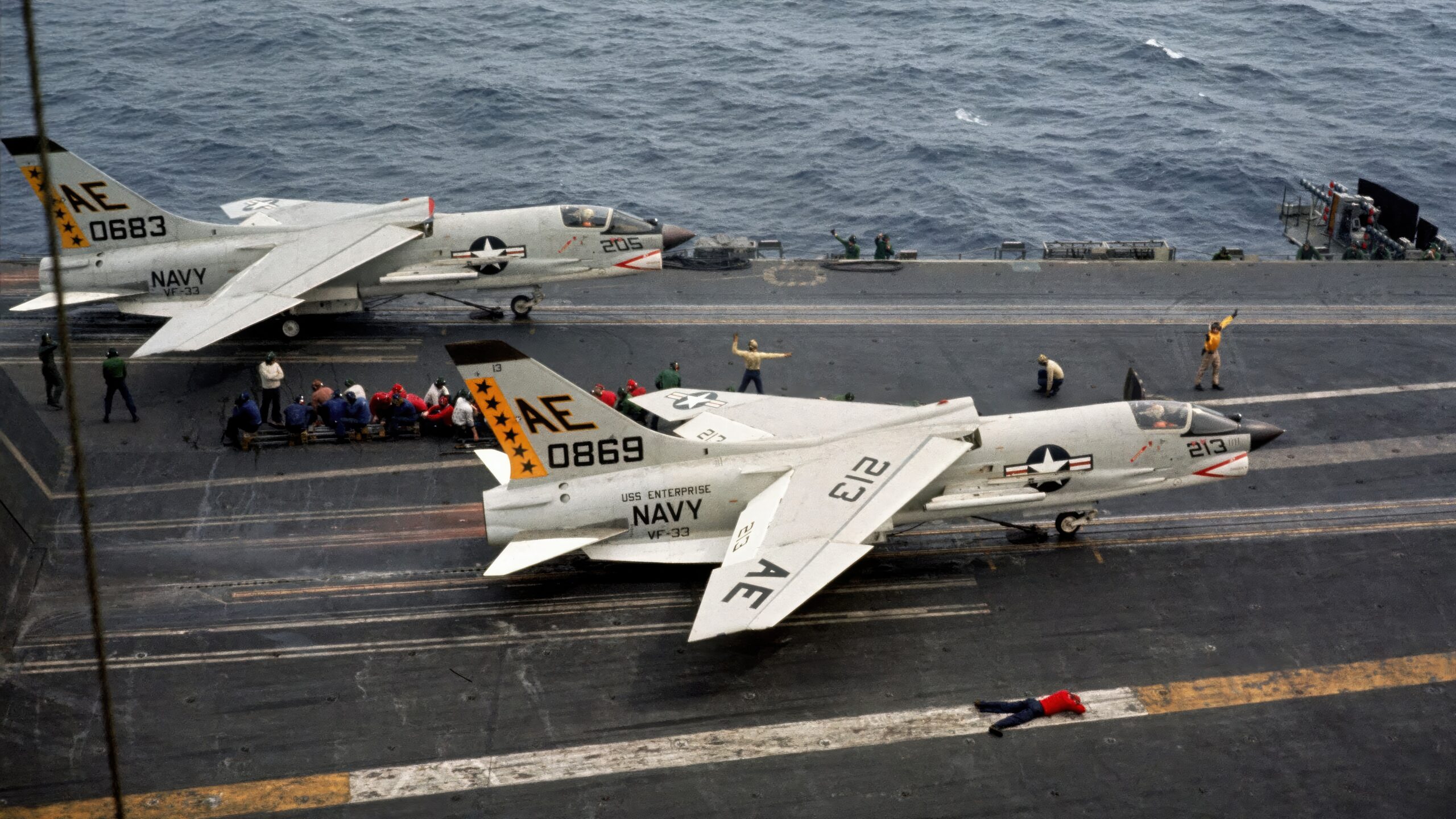
Interceptor
Nimbler and deadlier than anything the US had in the sky, the MiG-21 Fishbed was the best interceptor of the war. In 1966 alone, the US lost 47 Phantoms in combat for only 12 North Vietnamese MiGs lost.
It could accelerate to Mach 1.8 (1,386 mph) and it dominated American aircraft ever since its introduction to the theatre. Their reign of dominance gradually subsided after US pilots received training specifically to counter their hit-and-run tactics without entering a lengthy dogfight.
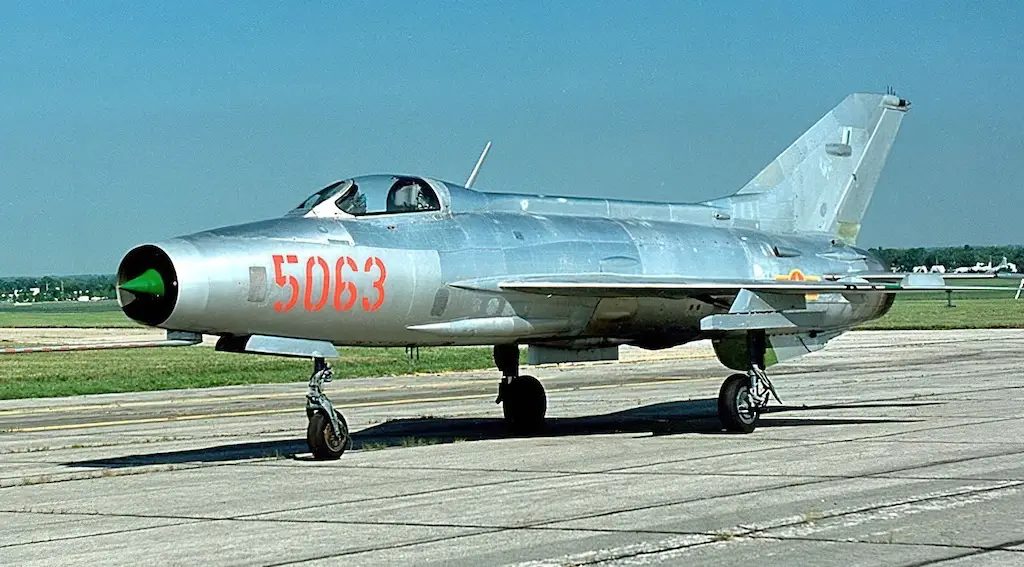
Multirole Fighters
The McDonnell Douglas F4 Phantom II was the most easily recognizable US plane during the Vietnam War and was widely considered one of the most successful multi-mission designs ever.
A bulky supersonic aircraft with two massive J79 engines, it was originally conceived to intercept high-speed, high-altitude Soviet bombers. The heavy plane could propel itself to Mach 1.93 (1,473 mph) with great acceleration but its armament was ill-suited for dogfights. Its massive payload included up to 8 air-to-air missiles and a wide array of bombs. In contrast, the MiG-21 only carried two missiles.
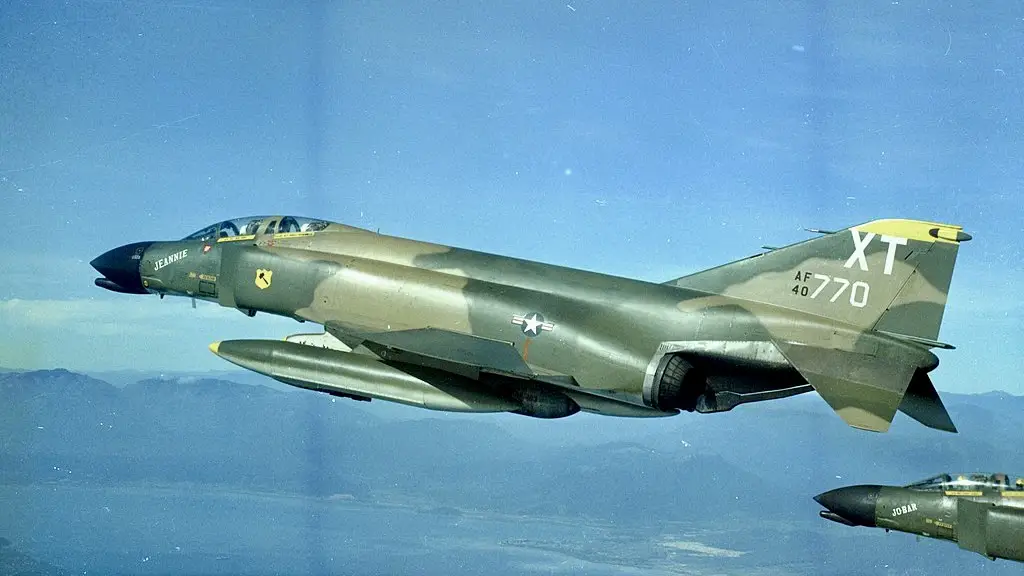
Being spotted
They frequently clashed with the Fishbed, which weighed half as much and could achieve a higher angular velocity. The Phantom’s J79 engines would let loose a trail of black smoke every time they were pushed to the afterburner, thus MiG-21 pilots had little trouble spotting the bulky airframe at any distance in the sky.
However, with the Phantom’s Infrared guided AIM-9 Sidewinder being the only effective one at shorter ranges, MiG-21s could usually shake the missile lock or out-turn a sidewinder at point-blank range. The necessity for cannons was so evident then that pilots began making daily requests for them.
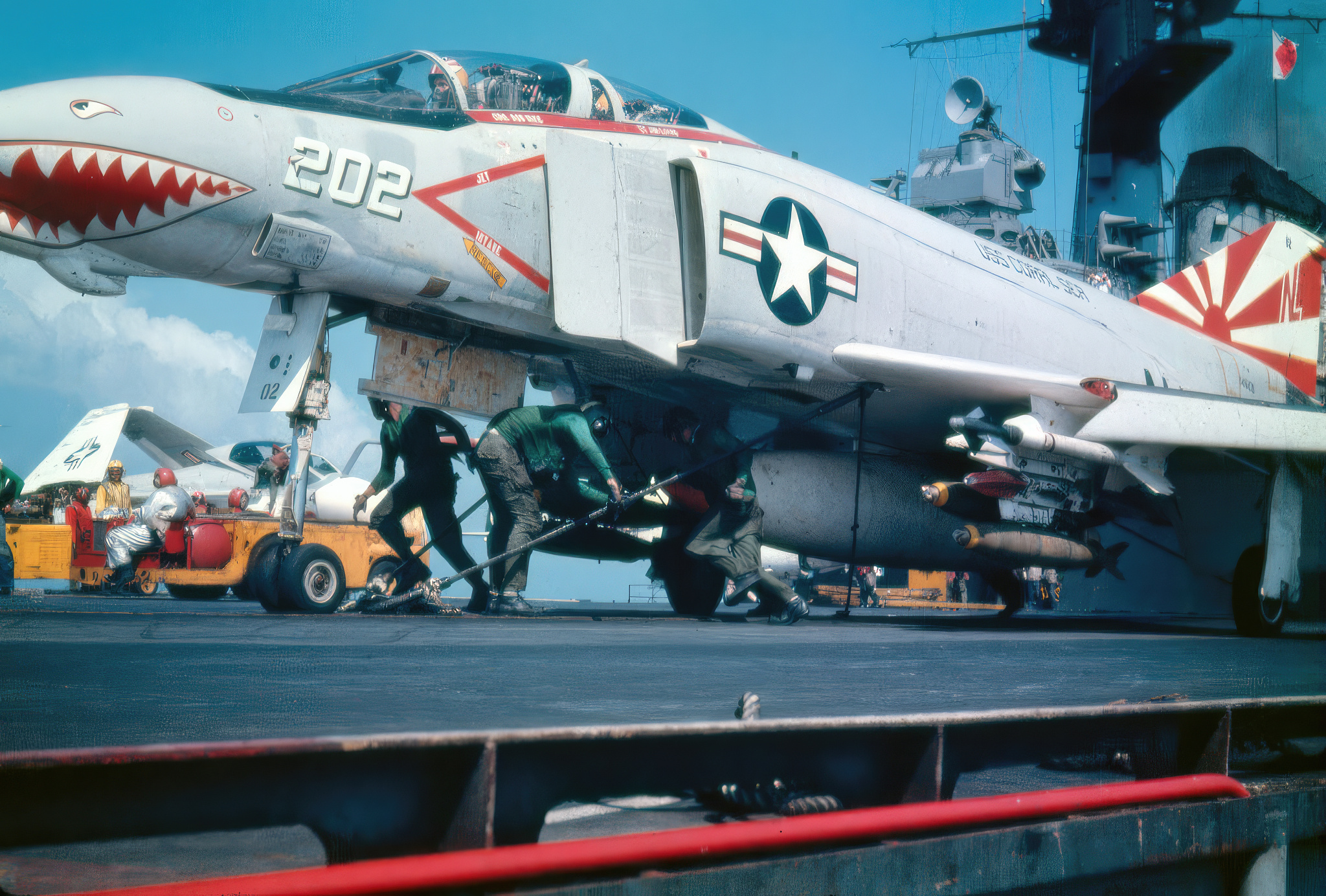
Better performance
The pinnacle of Phantom II development during the Vietnam War came with the F-4E, which had a greatly improved radar, better engines, an internal M61 20mm Vulcan rotary cannon with 6,000 rpm fire, and better turn rates at lower speeds almost as good as those of the MiG-21, even while loaded. This was a greatly cherished variant and was the best all-around fighter of the war.
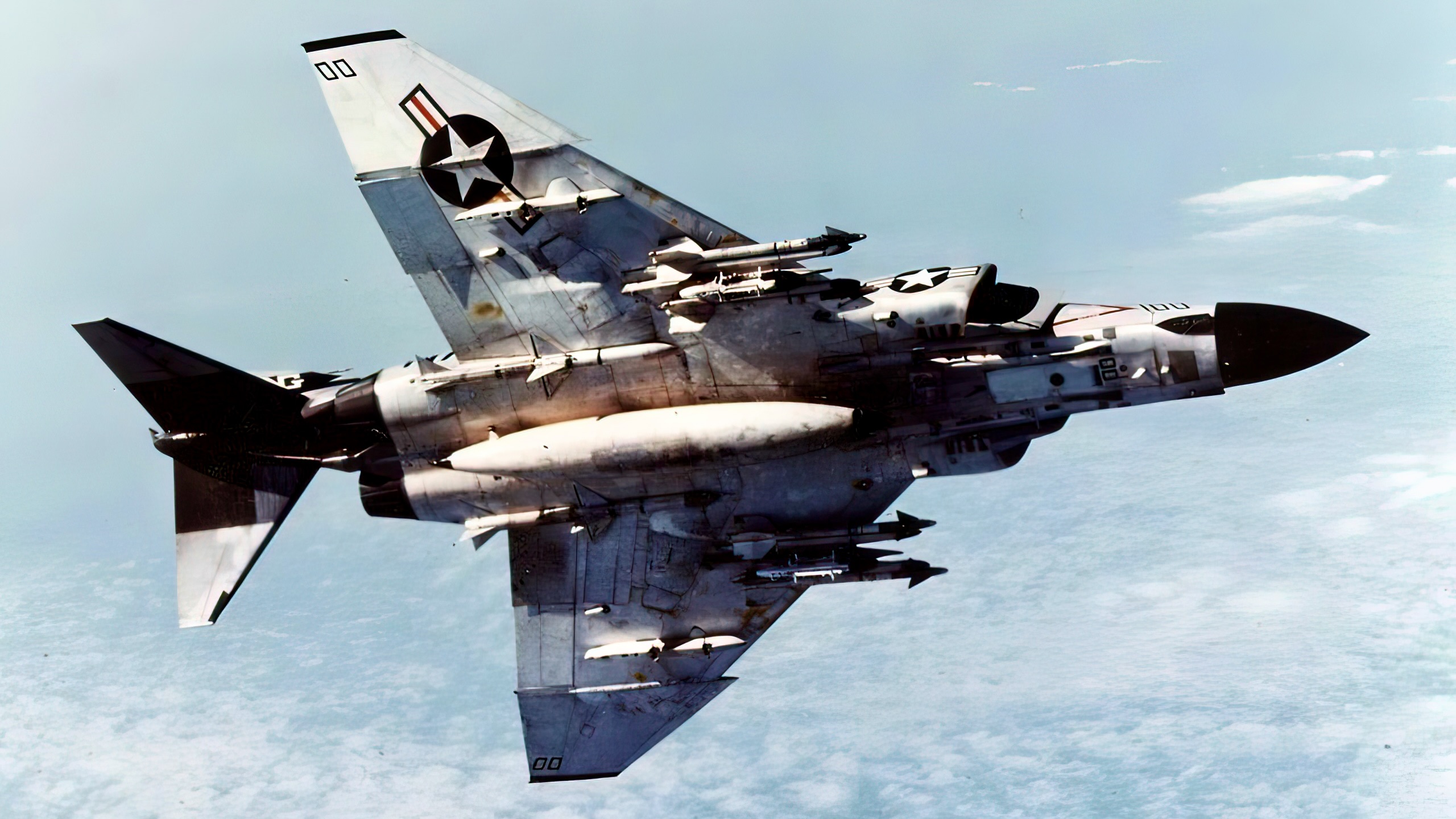
In the late stages of the war, Phantom air flights made better use of flight formation spacing, and no flight went unescorted because of numerical superiority. They also used their large fleet to hunt the MiG-21s more effectively, raising victory rates while taking fewer risks and damage in the process.
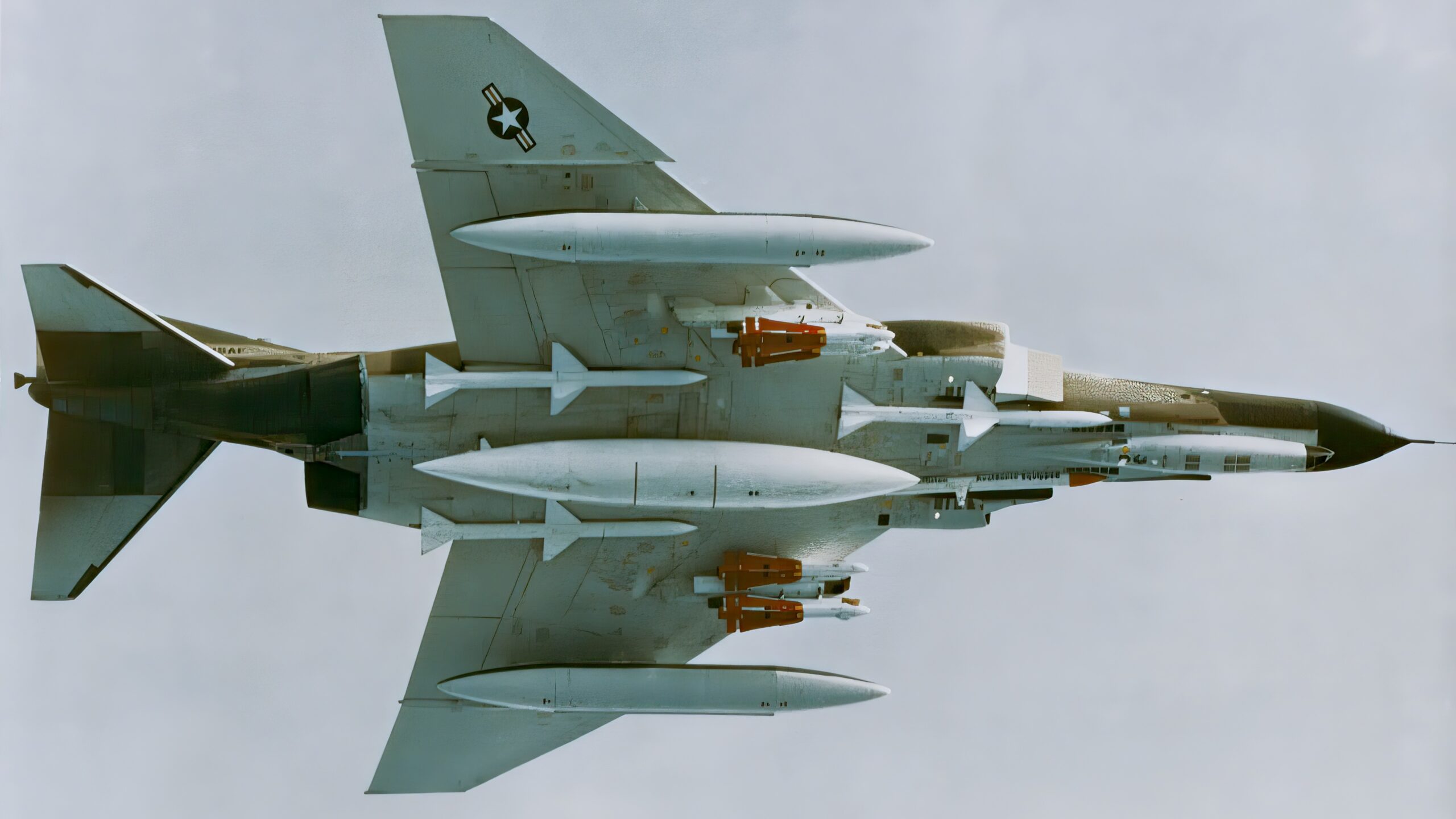
In 1974, experienced MiG pilots were in short supply which contributed to a favourable casualty rating for the Americans. It led to the MiG-21’s performance appearing much worse on paper, whereas in truth it was a very close match when dogfighting one on one with the Phantoms.

